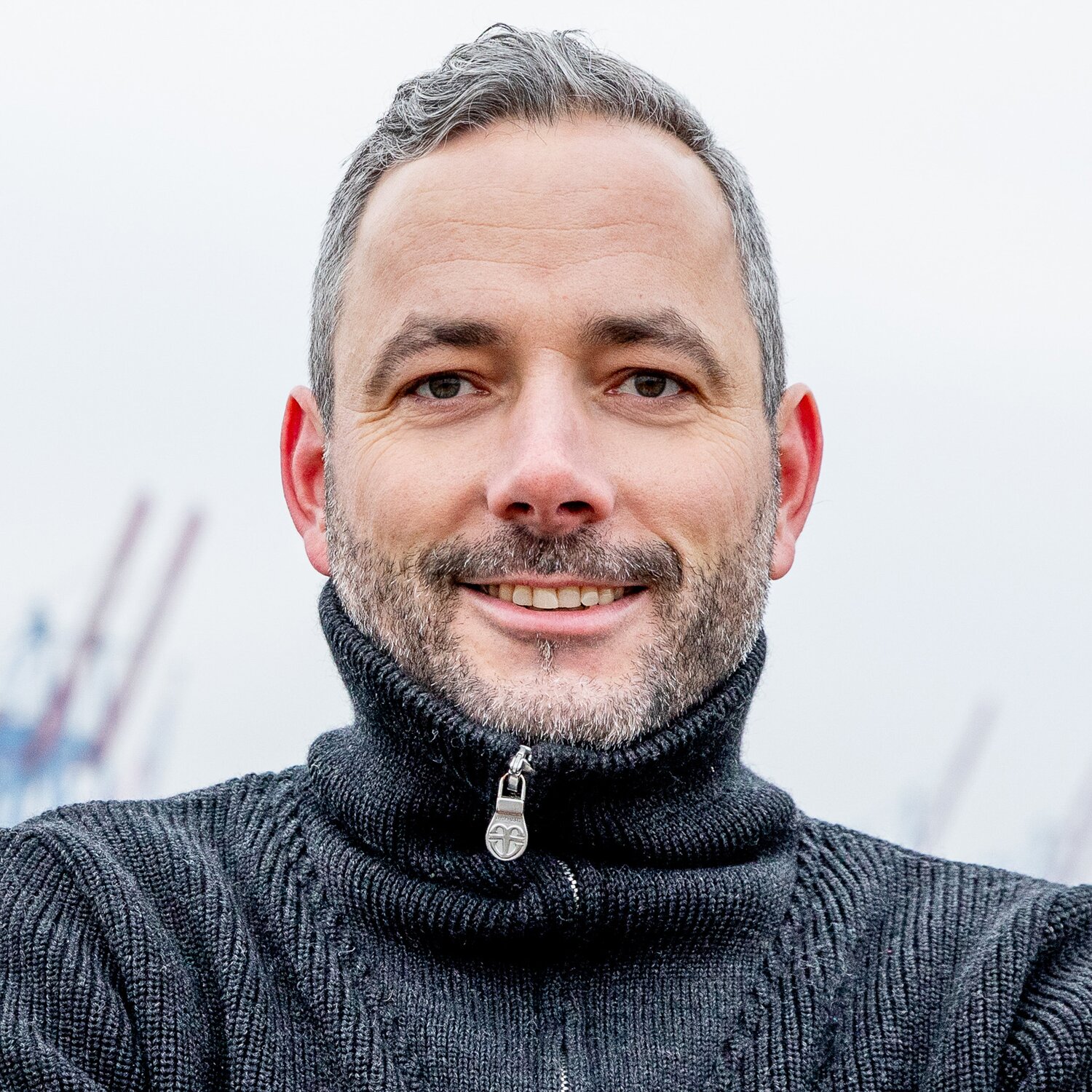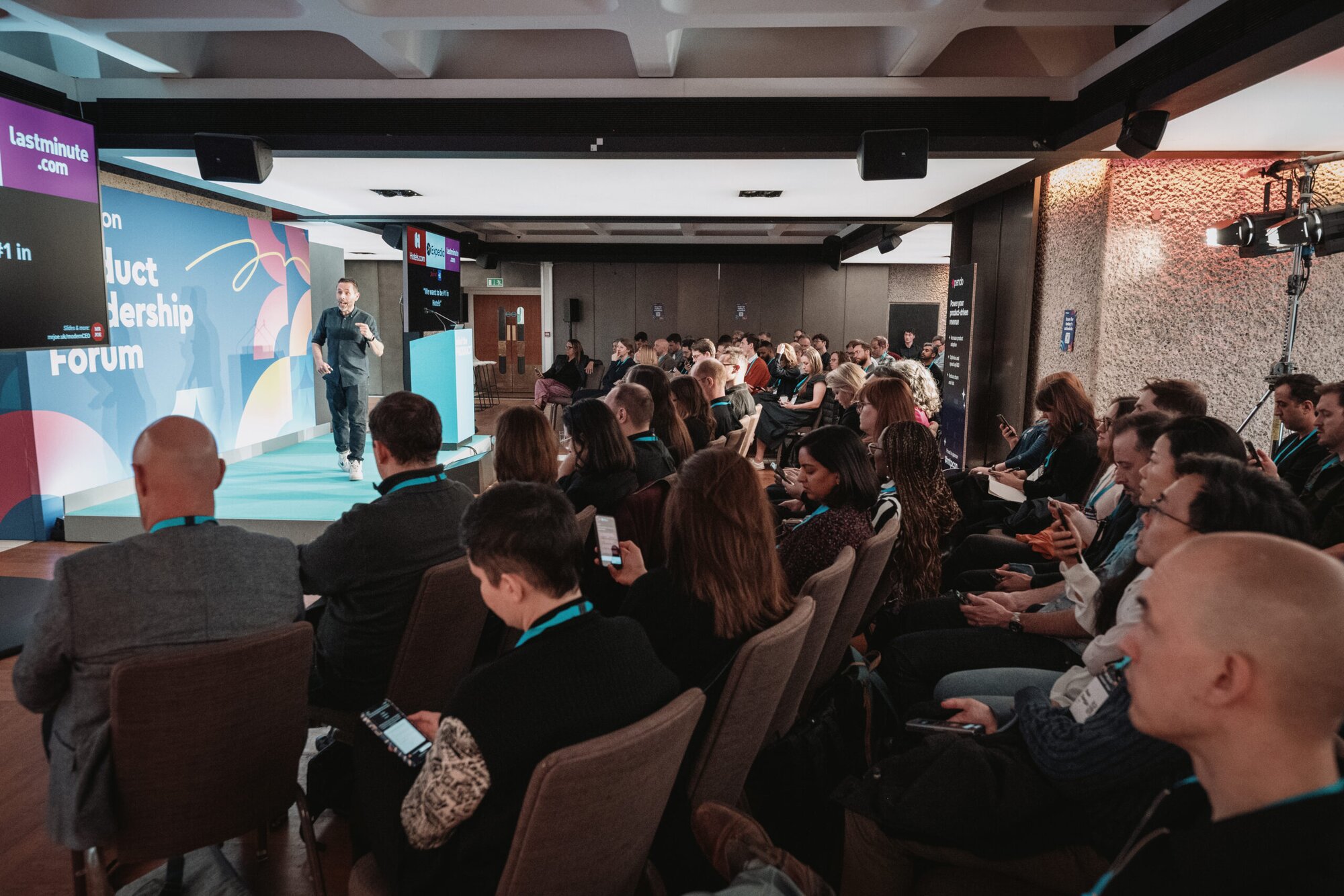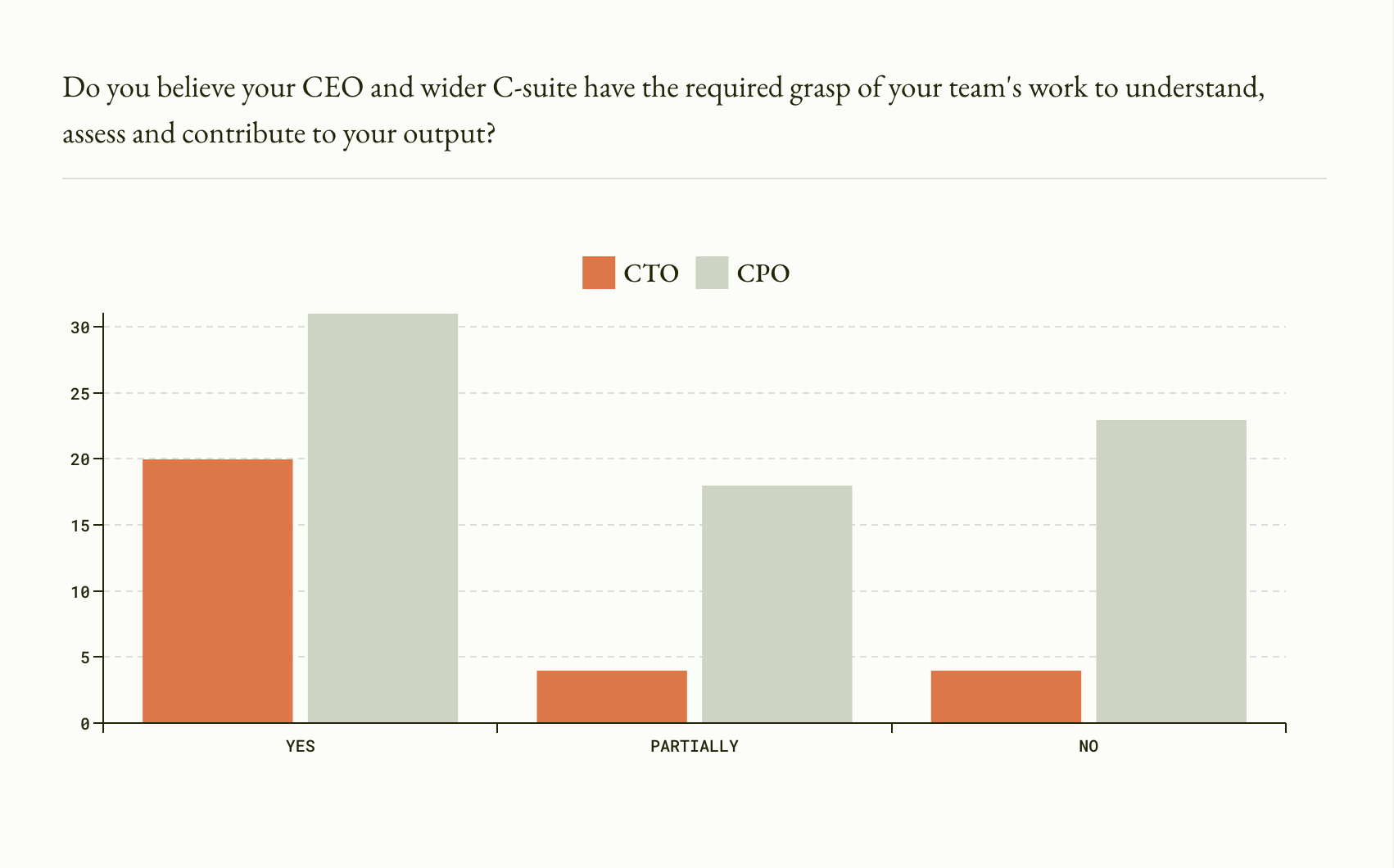On Monday 27 September, product leaders gathered at the MTP Engage Leadership Forum in Hamburg for the first face-to-face event after a tiringly long break forced by the Covid-19 pandemic.
The day’s hosts, Petra Wille and Arne Kittler, put together a curriculum that was more than just inspiring. It addressed some of the most important questions product leaders face today:
- How do I communicate product direction in ways that keep my whole team engaged?
- How do I empower my team?
- How can I look after my own well-being as a product leader?
Among the speakers and panelists were:
- Megan Murphy (VP Product at Hotjar)
- Björn Waide (Managing Director at Haufe-Lexware)
- Dominique Jost (Head of Product at Doist)
- Davide Mazzanti (CEO & Co-Founder at NEU Zero Waste)
- Geoff Stead (CPO at Babbel)
Here we recap five of the lessons we learned.
Lesson 1: Meeting in-person is still a thing
While we've all grown accustomed to virtual events over the past 18 months, and come to appreciate their positive aspects, they still can't compete with in-person meetings with like-minded people. It's therefore a relief to have seen light at the end of the pandemic tunnel — we had product leaders together in one room. 'In-person' is back.
Of course, for most people, this was the first physical event in almost two years, and all would have been forgiven for forgetting how to interact properly when meeting people in 3D.
Any concerns were unfounded though. There were lively discussions over a delicious lunch, in the Q&A sessions and working groups, during the breaks, and into the night at the after-show party on the roof terrace of the spectacular New Work Harbour location.
Luckily, the restrictions for the event could be eased as every participant was either fully vaccinated against or recovered from Covid. People could feel safe and so they easily fell back into their pre-pandemic selves as social creatures. Let’s hope this becomes the new normal again soon.
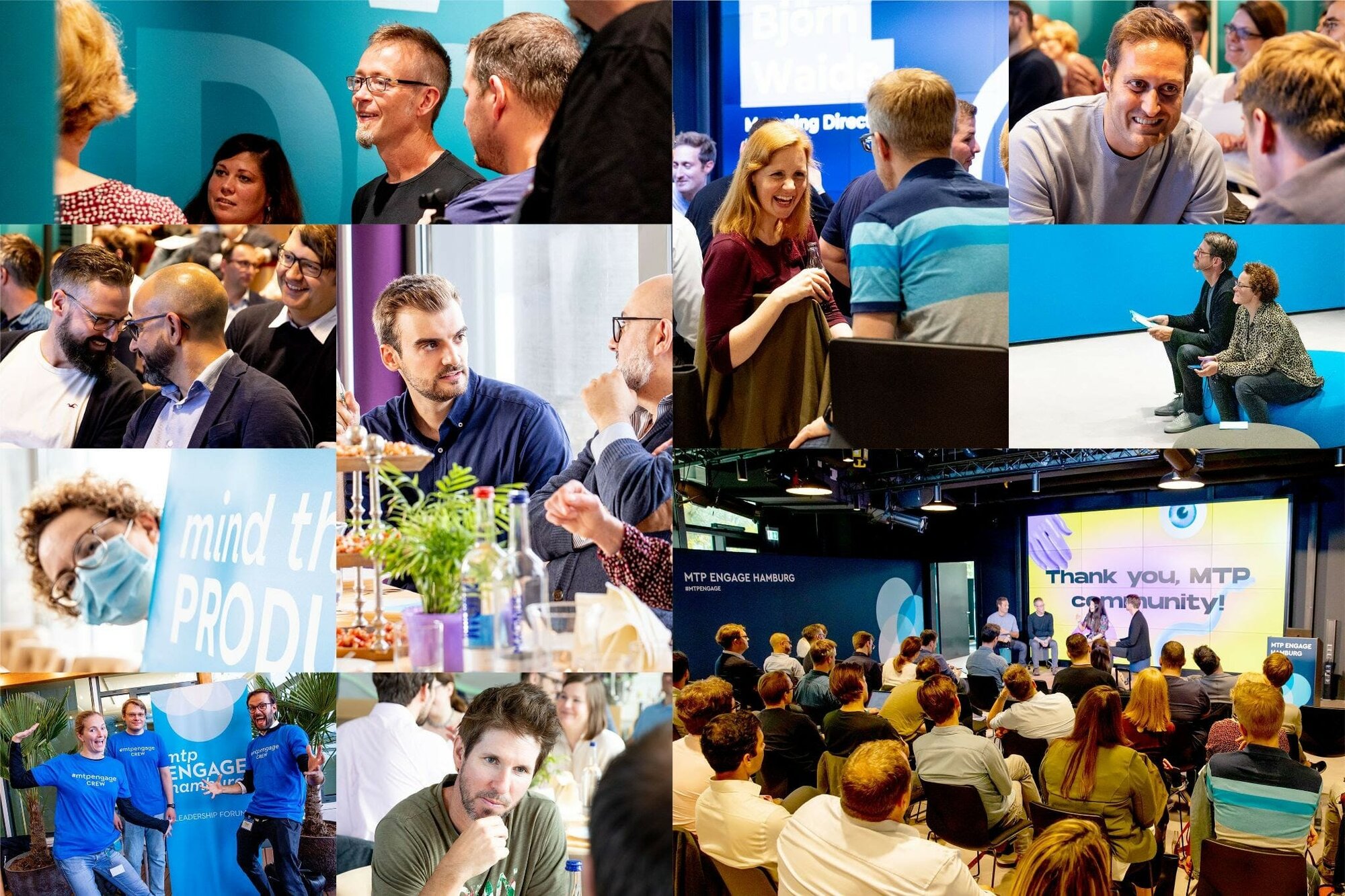
Lesson 2: Successful strategy requires strong internal communication
In her keynote “Beating the drum of your product strategy tune”, Megan Murphy shared her learnings on achieving clarity and direction towards a shared product strategy at Hotjar.
Through research, Megan found that the top reasons for failed strategy execution are unclear and insufficient communication. With that knowledge, Megan knew she had to focus on communication if she wanted Hotjar's product strategy to be a success. She made internal communication a priority, dedicating more than 50% of her working time to it.
Megan also compiled a framework to structure the process of strategy discussions, enabling a number of colleagues to actively engage with the process — this set the stage, not only in creating a winning strategy, but in building a commitment among her colleagues and teams to execute towards a shared vision. As Megan put it, “you need to prime a wall before painting if you want the paint to stick”.

Lesson 3: New work still requires organization and rules
Björn Waide’s keynote played on the famous Peter Drucker quote “Culture eats strategy for breakfast” but instead focused on having culture for breakfast.
In his talk “Org charts eat culture for breakfast” he shared learnings gathered when transforming Smartsteuer into a new work company. Björn used the image of an ocean to illustrate why structure is so important: The patterns we observe in a company are just the waves we see on the ocean’s surface, he told us, but these are formed by the water below, the culture. Now, all the movement within the water is determined by the ocean’s ground – may it be rocky or sandy. In the same way, Björn explained how the org structure determines culture which shapes our patterns of interaction. We, therefore, need to carefully think about our organizational structures and processes when we aim to cultivate a culture of new work.
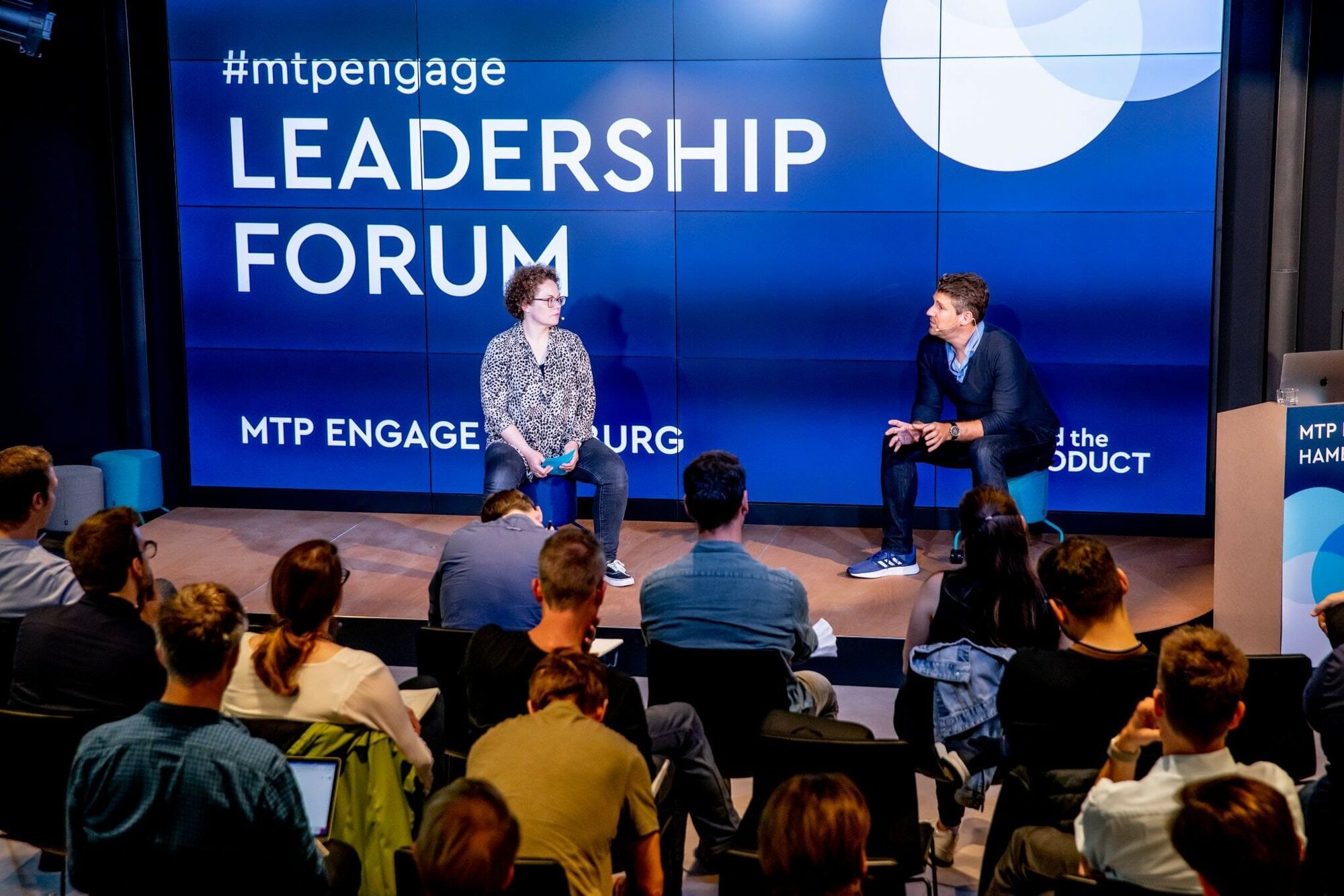
Lesson 4: Care for yourself before caring for others
As good product leaders, we tend to focus on our teams, and continuously strive to empower them to deliver valuable results for our users and the business. While this is a good focus to have, we risk burnout if we don’t take care of ourselves first and foremost.
This is what the third keynote speaker, Dominique Jost, had to learn the hard way. He’d successfully climbed the career ladder at Swiss Scout24 when he realized that he couldn't do it anymore and urgently needed help.
During his keynote “Bulletproof soul”, inspired by the eponymous Sade song, Dominique openly shared his very personal story, speaking about the stigmatized topic of mental health issues authentically, openly, and vulnerably. A great role model for us all, Dominique explained how we all might develop our own stress management system, and invited every participant to create the first draft of their stress management system.
In this interactive part of his session, he shared the results of research he did in preparation:
Dominique had interviewed over 50 (sic!) product leads and had asked them the following two questions:
- How do you know when your stress level is at a critical level?
- How do you manage stress and take care of yourself?
Based on these interviews and inspired by Gert Kaluza's "Stresstriade” — the model that had helped Dominique the most during his own burnout — he introduced a very simple framework to reflect the personal stress level and to actively manage it. In small groups, the audience shared their experiences and drafted their stress management systems.
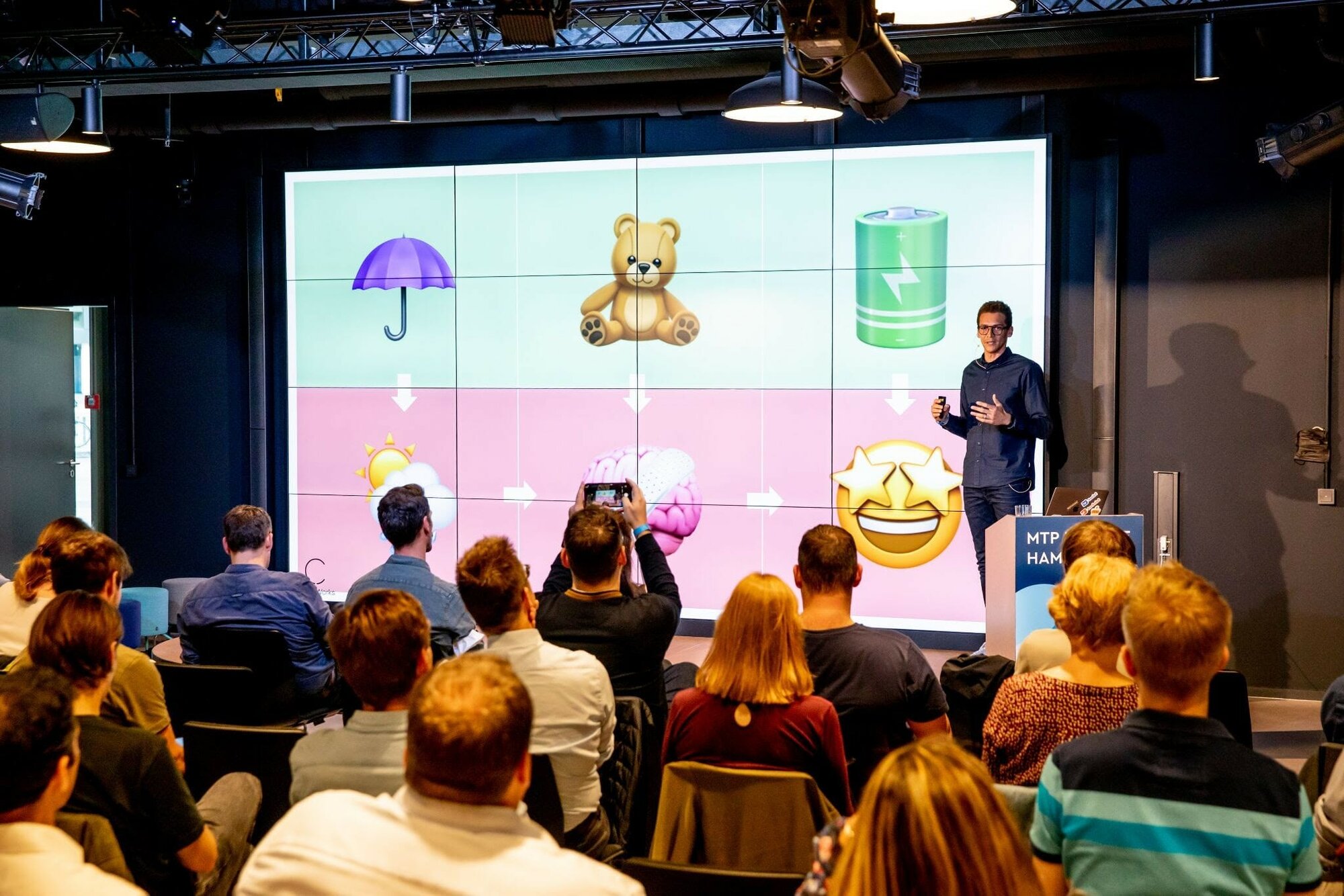
Lesson 5: “You’re muted” is also still a thing
Our final lesson is that when coming back to more real-life experiences like this fantastic conference, we don’t have to unlearn everything we’ve learned during the pandemic. “You’re muted” can still be a thing when participants try to ask a question during Q&A. Top tip…always ensure your hand-held microphone is switched on!
All images by Claudia Timmann
